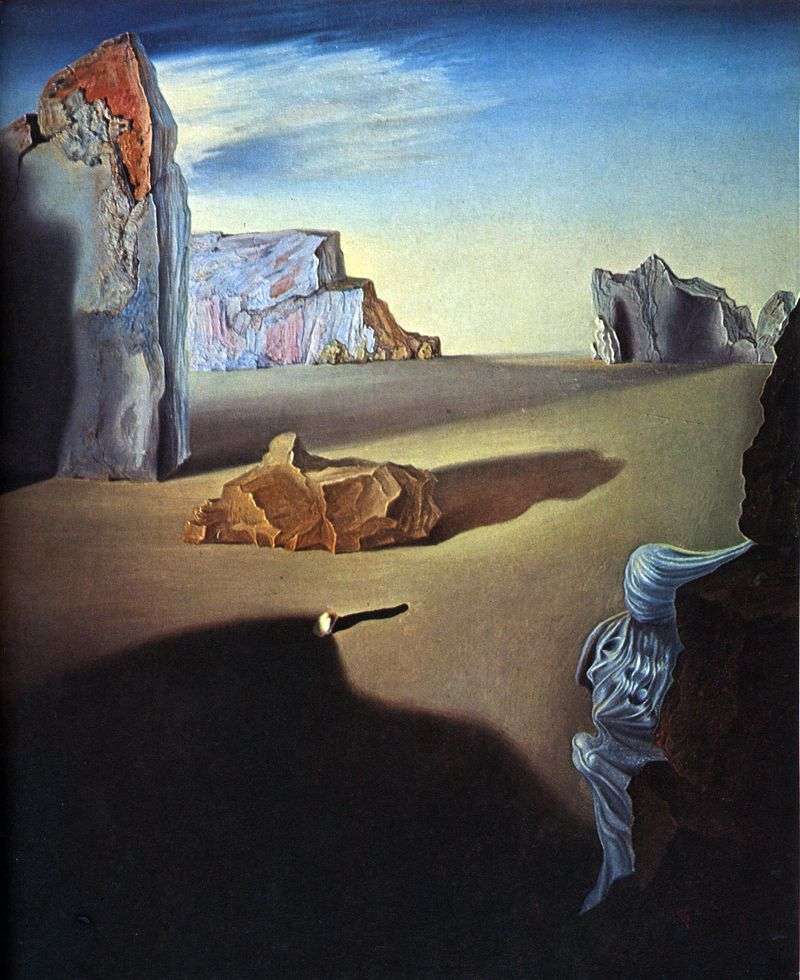
Finally, Dali suggested something else that is not connected with torture and sexual attraction. “Shadows of the melting night” the work of the surrealist Dali, comparable to the landscape of the most ordinary presentation, if not…. The right corner of the plot is filled with an amorphous body in a sheet with a clearly erect body. How else? The author could not pass by the favorite topic of dirty lust, spying and impose his ideas on the universal great copulation.
Retreating from the image in the fabric, I want to disassemble the work on the details. The artist has added a lot of sand, shadows and stones of different texture to the canvas. The idea of the picture is based on that secret ritual of self-satisfaction in the morning, which is not alien to each of us. Many associate such an impulse with ignorance, bad manners and dirt.
However, nature has nothing against satisfying one’s own desires in a secluded corner of one’s own home. The proposed narrative of the already completed event is connected with the dawn and, accordingly, with the dispersion of mystery and saving darkness. The sun, stealthily, reveals the plain with scattered parts of the rock and blue stone giants on the horizon. Dali writes extensively, not with respect to the size of the canvas, but the desert space. Sand, sand, sand… He pursues almost every work of the artist. Some historians of painting associate sand with the personification of time, otherwise – the contents of the sand clock.
But sometimes critics endow Dali’s desire to write sand, practicality and simplification of the task of writing a plane. Sand does not require complicated manipulations with the application of strokes and the mixing of colors, such as for displaying grass, or the elaboration of multicolored shadows and glare on snow or wet asphalt. And the landscape itself in this case is nothing more than an imaginary piece of nature. Here, the location of the luminary behind the back of the viewer is set, as the shadows directed down to the horizon, as well as the minimum of the “participants” of the composition, narrate.
The work is simplified to the impossible, but it is written in good color. At least, the palette does not cut eyes, is pleasant “to the touch” and does not play a contrast.
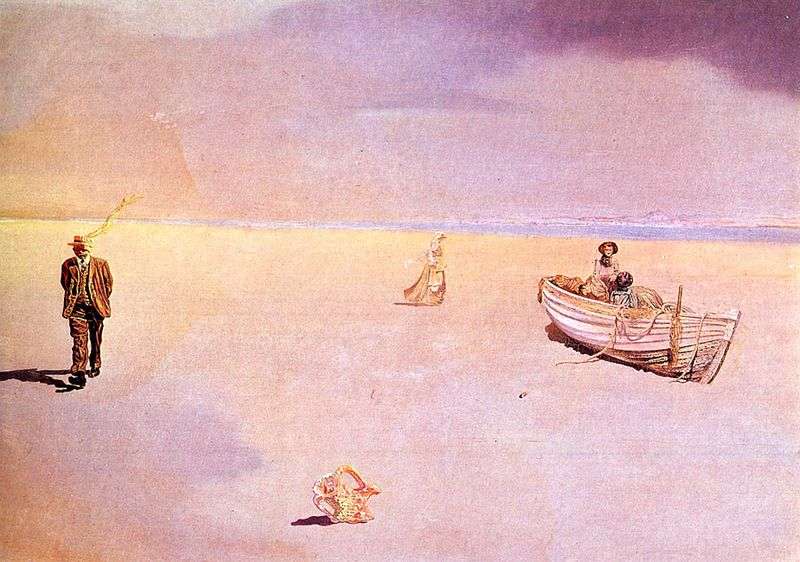 Astral paranoid image by Salvador Dali
Astral paranoid image by Salvador Dali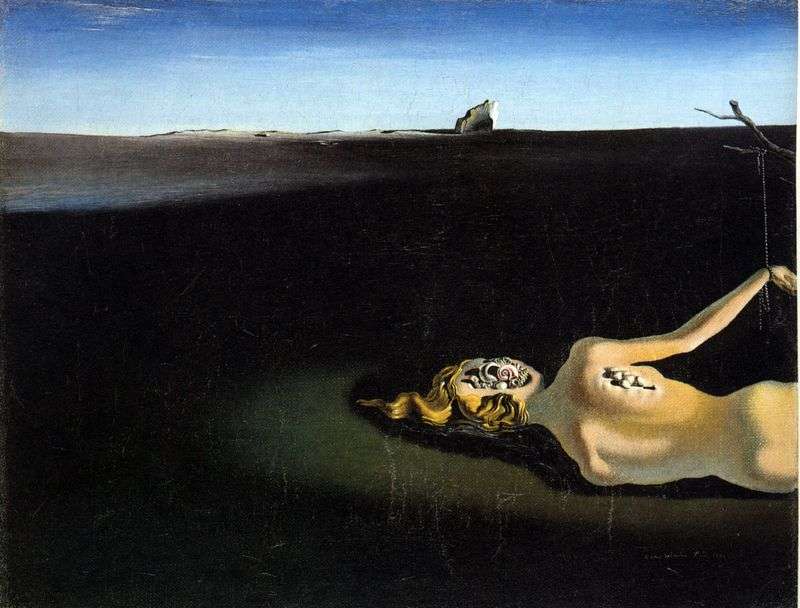 A sleeping woman in the background of a landscape by Salvador Dali
A sleeping woman in the background of a landscape by Salvador Dali Transitional moment by Salvador Dali
Transitional moment by Salvador Dali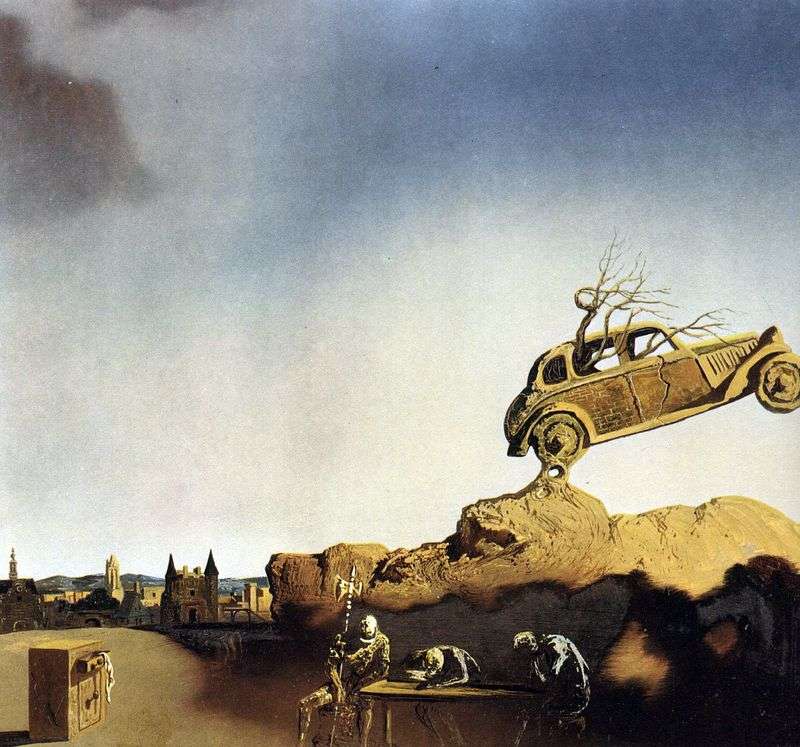 The phenomenon of the city of Delft by Salvador Dali
The phenomenon of the city of Delft by Salvador Dali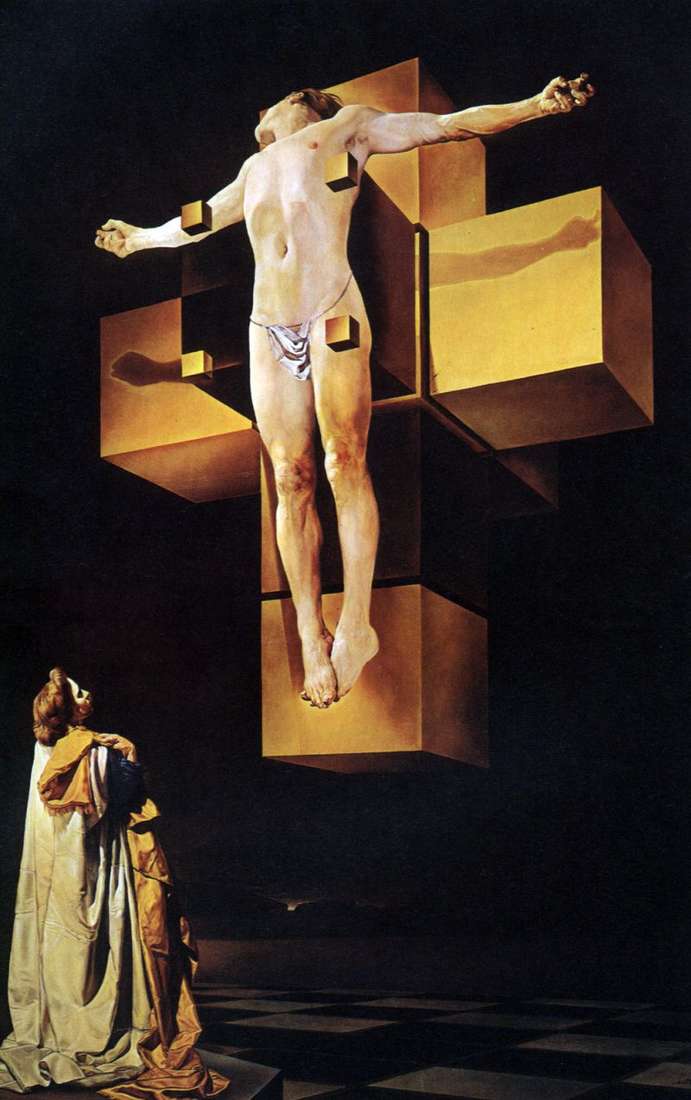 The Crucifixion by Salvador Dali
The Crucifixion by Salvador Dali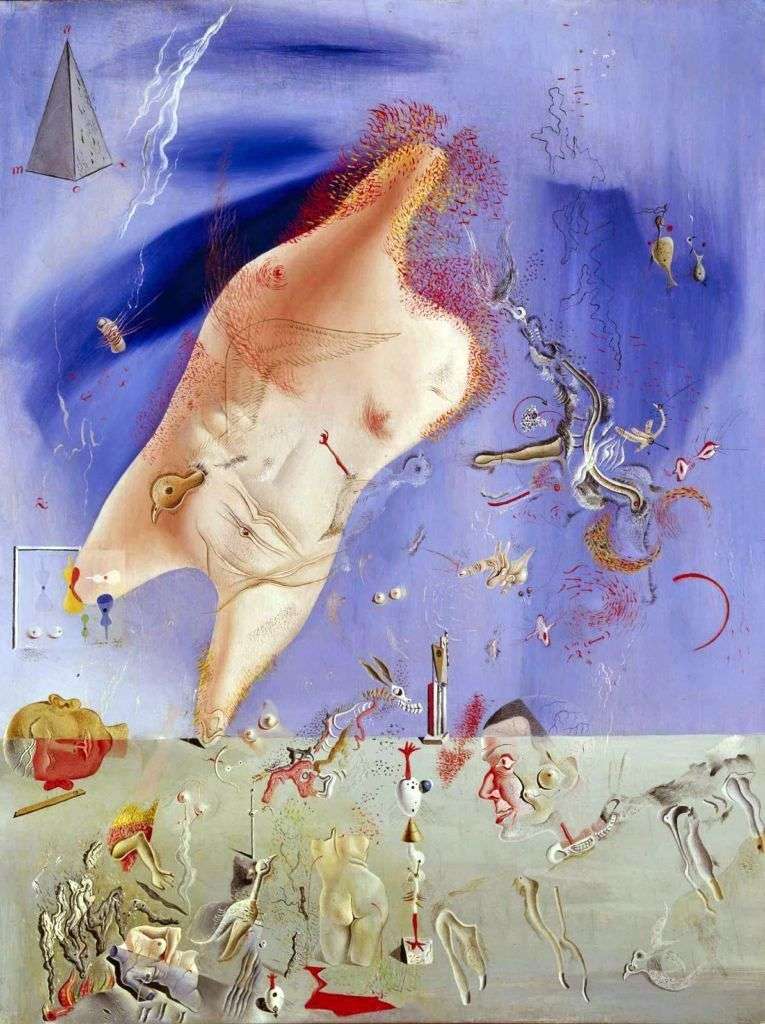 Senicitas by Salvador Dali
Senicitas by Salvador Dali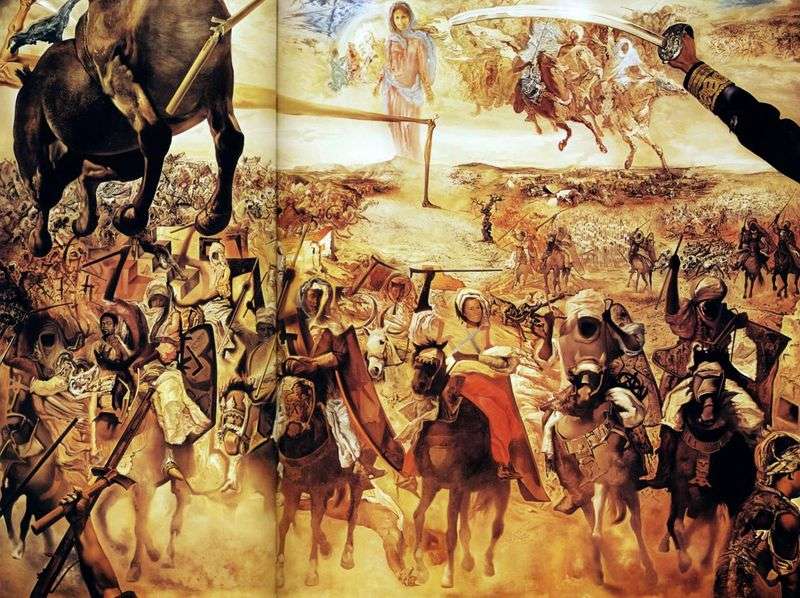 The Battle of Tetuan by Salvador Dali
The Battle of Tetuan by Salvador Dali Sleep (Sleeping) by Salvador Dali
Sleep (Sleeping) by Salvador Dali